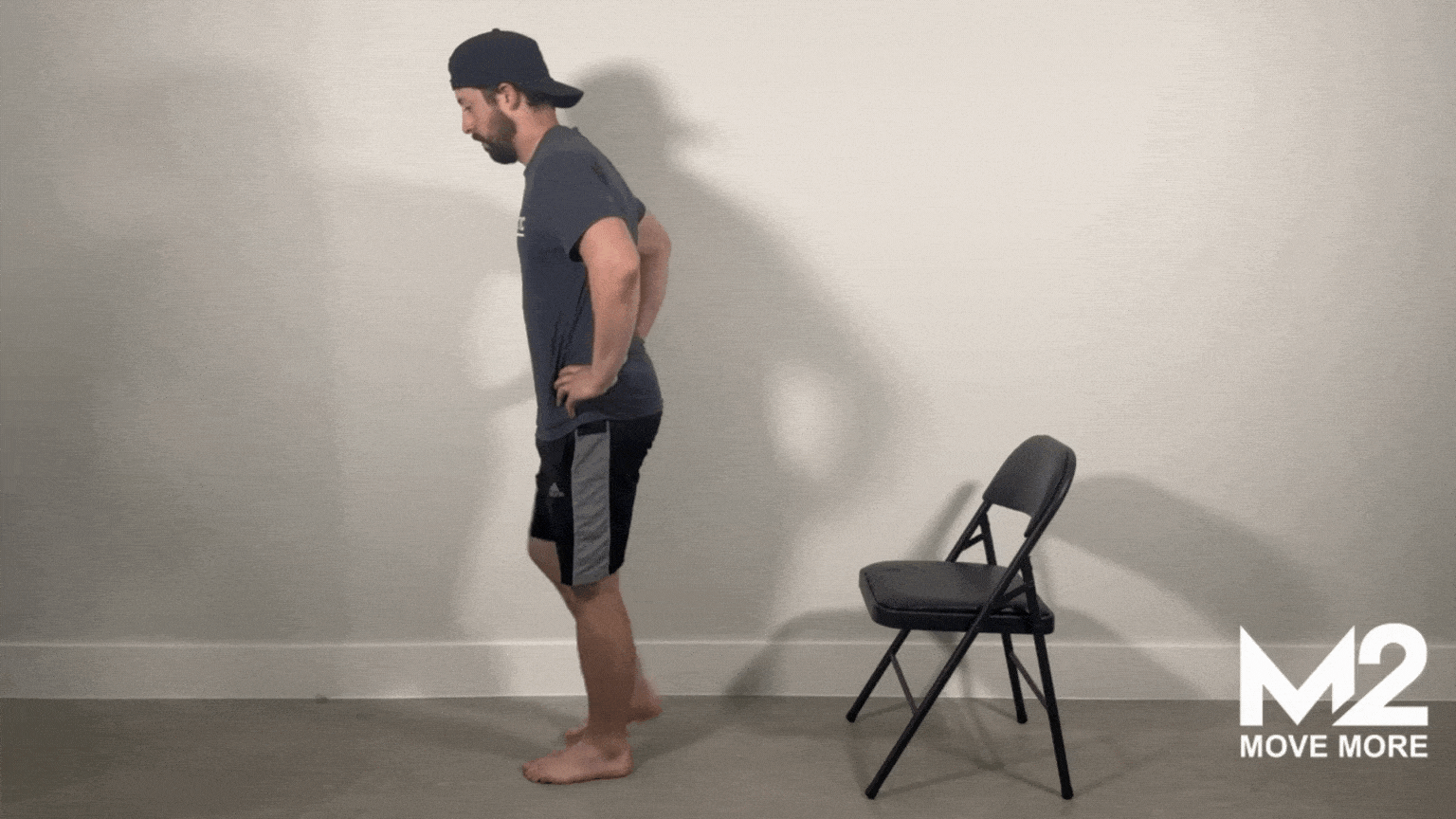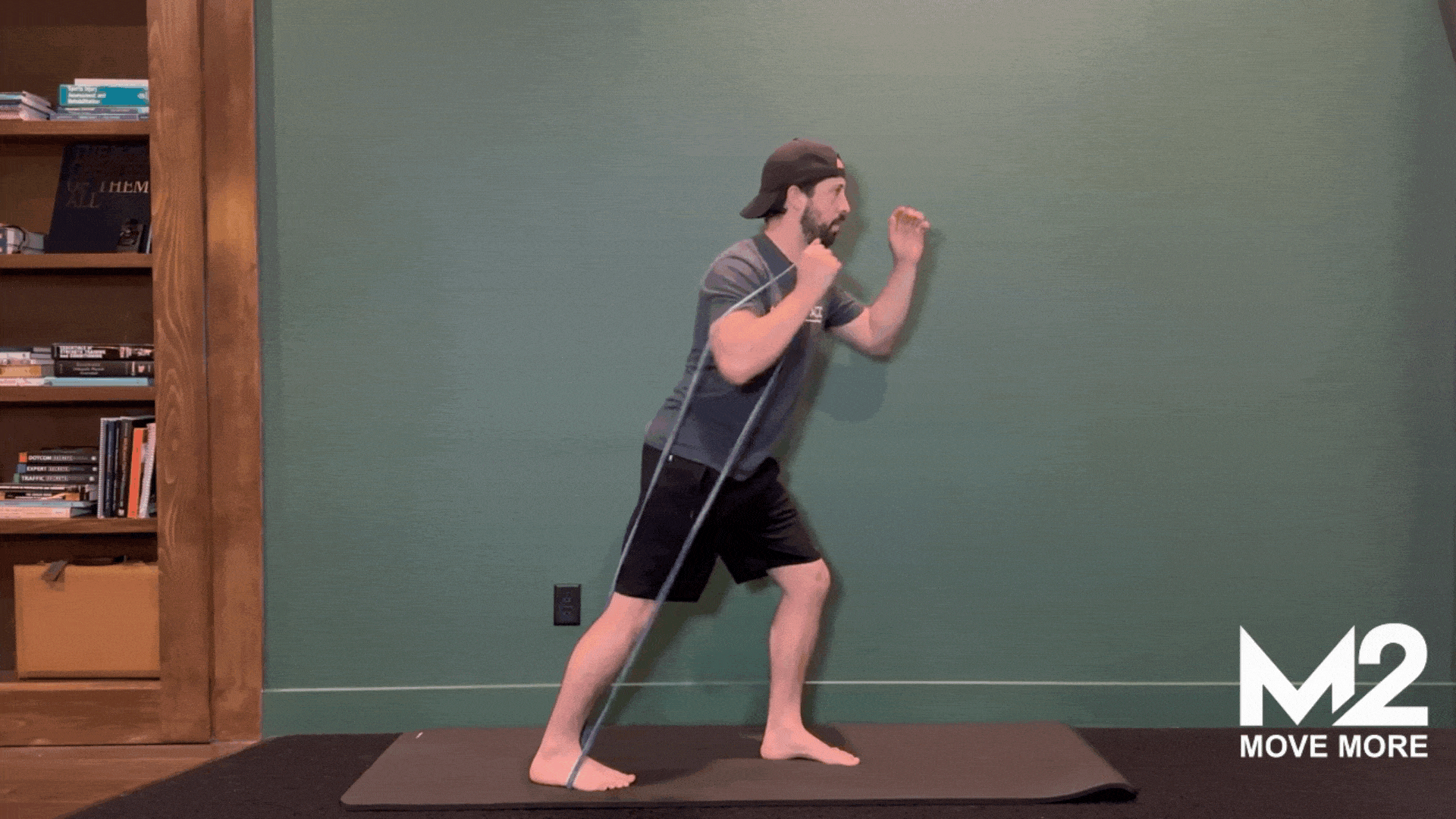- Move More Minute
- Posts
- How To Build Strength (Without Getting Hurt)
How To Build Strength (Without Getting Hurt)
Learn How I Help My Patients Build Strength

Read Time: ~4 minutes
Time to perform exercises: ~15 minutes
Hey there!
Last week you voted for strength training. Smart choice!
I get it. You want to feel strong again. Maybe you struggle with heavy grocery bags. Or getting up from your favorite chair feels harder than it used to.
Here's the thing: You CAN build strength at any age. I've seen it happen thousands of times in my practice.
But most people do it wrong. They jump straight to heavy weights. Then they get hurt.
Let me show you the right way.
Why This Matters
Your muscles are like a savings account. After 30, you lose about 3-8% of your muscle mass each decade.
That's why simple tasks get harder over time.
But you can build that strength back. Even if you haven't exercised in years.
In my sports medicine practice, I've helped professional athletes and weekend warriors alike. The secret isn't lifting the heaviest weight possible.
It's building strength the smart way.
What Real Strength Does For You
Here's what happens when you build real strength:
✅ Stronger bones - Reduces fracture risk by 30-40%
✅ Better blood levels - Improves blood sugar and cholesterol
✅ Fewer injuries - Cuts injury risk by up to 68%
✅ Better movement - Gives you control over your body
✅ Longer life - Studies show it adds years to your life
Bottom line: Whether you're an elite athlete or getting back in shape, strength is the foundation.
Now let me show you exactly how to build it safely.
How To Build Strength Safely
Here's what most people get wrong: They think strength training means lifting heavy weights right away.
That's a recipe for injury.
Real strength building follows the principles of progressive overload:
Phase 1: Master Your Body Weight
Before you add any weight, you need to move your own body well. Can you do a perfect squat? A wall push-up with control? If not, start with easier variations and work your way up to the full movement.
Phase 2: Add Light Resistance
Once bodyweight feels easy, add light weights or bands. Focus on form, not how much weight you're using.
Phase 3: Progressive Loading
This is where you gradually increase weight, reps, or difficulty over time.
Most people skip straight to Phase 3. That's why they get hurt.
Another mistake: People think they need to push until they can't do another rep. That's not true. 4 sets of 6 reps works great for building strength. Leave 1-2 reps in the tank on each set.
2 Foundational Strength Moves
These exercises work whether you're rehabbing an injury or training for competition.
I've prescribed them to thousands of patients. They target the biggest weak spots I see.

Why it works: This single-leg movement builds real-world strength and reveals imbalances between your legs.
What it fixes: Strengthens your entire lower body. Improves balance. Makes stairs and getting up from chairs easier.
How to do it:
Stand 2-3 feet in front of a couch or chair
Put the top of one foot behind you on the couch
Lower your body until your front thigh is parallel to the floor
Push back up to starting position
Do 4 sets of 6 reps per leg
Rest 2 minutes between sets
Need to make it easier? Hold onto a counter, couch, or wall for support. Put as much weight as you can into your working leg while using your hands just for balance.

Why it works: This teaches your shoulders, core, and legs to work together - just like real life movements.
What it fixes: Builds functional upper body strength. Protects your shoulders. Improves posture.
How to do it:
Step on one end of a resistance band with your back foot
Hold the other end at chest height with both hands
Step into a split stance (one foot forward)
Press the band up and forward at a 45-degree angle
Do 4 sets of 6 reps per side
Rest 2 minutes between sets
Need to make it easier? Use the lightest resistance band you can find. Focus on perfect movement pattern rather than resistance.
Pro tip: Your whole body should work together. Engage your core and drive through your legs as you press.
Your Action Plan This Week
Do both exercises above in one session, 2-3 times this week.
Write down how each exercise felt. Track your progress session to session.
Small wins add up to big changes.
What Would Help You Most?
What topic would make the biggest difference in how you feel and move? I’ll right about the winner next week.
Next week, would you rather I focus on... |
Click your choice above to let me know what you want for next week.
Talk soon,

Dr. Matt Moreno, D.C., C.C.S.P.®
The Move More Minute
When you’re ready, here’s how I can help:
Personalized Advice – Hit reply, tell me what’s going on, and I’ll respond.
1-on-1 Sessions – Virtual and in-person consults available. Learn More Here
Free Resources – Check out our guides, protocols, and soft tissue tools.
Here is the latest guide: How To Get Out Of Pain
Digital Courses Coming Soon –Join the waitlist for my digital courses to let me know exactly what courses you want and to get early access to them - Join The Waitlist Here
What did you think of today's newsletter? |
Disclaimer: The information provided in this newsletter is for educational and informational purposes only and is not intended as a substitute for professional medical advice, diagnosis, or treatment. Always seek the advice of your physician, chiropractor, or other qualified healthcare provider with any questions you may have regarding a medical condition or before starting any new exercise program.
The exercises and suggestions provided are general recommendations and may not be suitable for everyone. If you experience pain, discomfort, or any concerning symptoms while performing these exercises (such as numbness, dizziness, or increased pain), stop immediately and consult a qualified healthcare professional.
Do not disregard professional medical advice or delay seeking it because of something you have read in this newsletter. The author, Move More Minute, and its affiliates assume no responsibility for injuries or issues that may arise from following the recommendations provided. By engaging with this content, you agree to do so at your own risk.
For personalized care or specific advice, please schedule an appointment with a qualified professional.